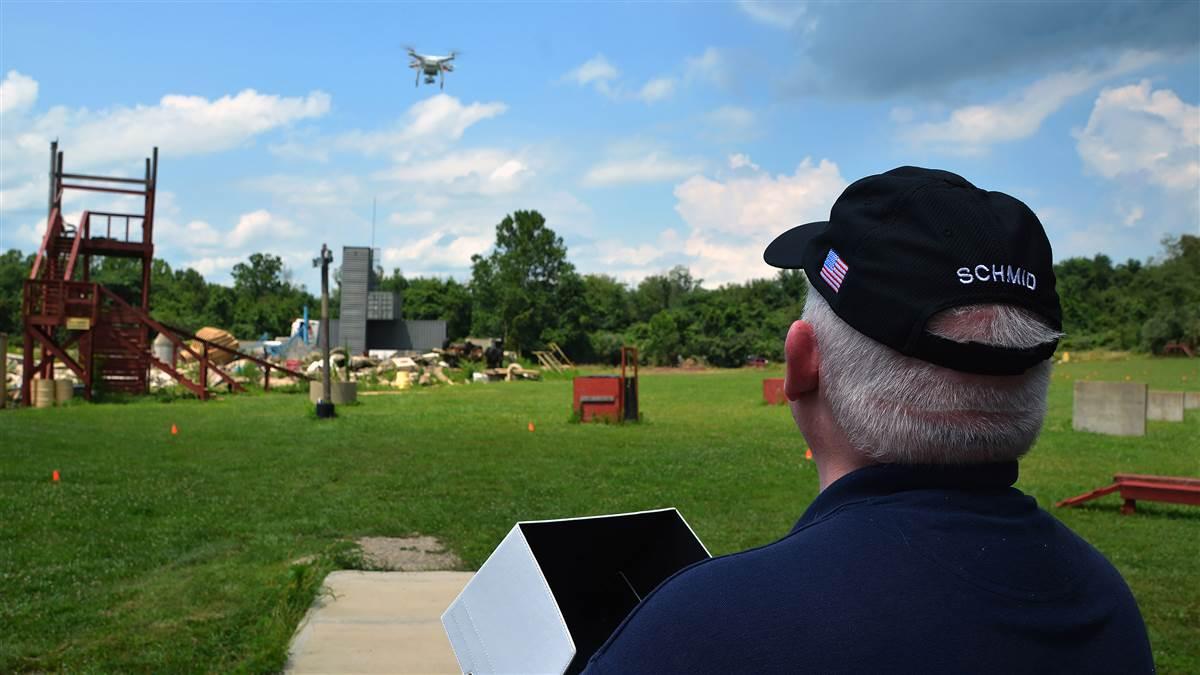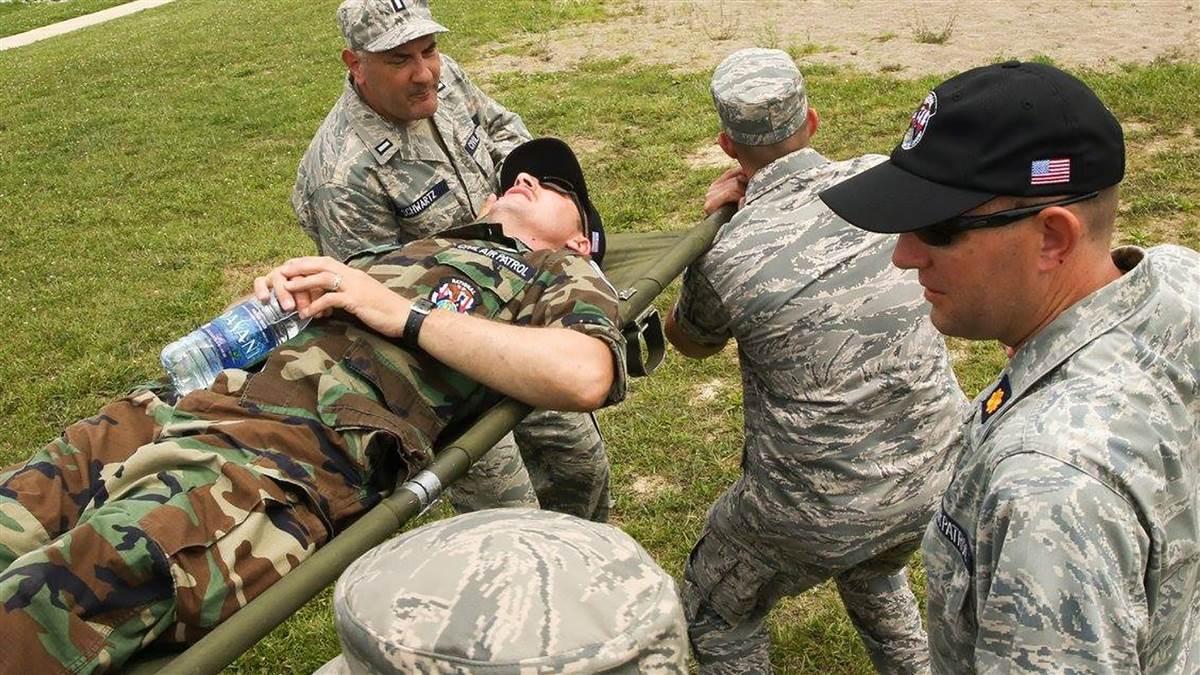Hurricane Harvey tests Civil Air Patrol’s summer training
Hundreds participated in National Emergency Services Academy
Hurricane Harvey's aftermath will test the skills Civil Air Patrol volunteers learned at the recently concluded National Emergency Services Academy. Civil Air Patrol Director of Operations Lt. Col. John W. Desmarais founded the Indiana training program in 1996 and said skills learned at the academy—including photography—will be put to use once the weather in Texas clears enough to sustain visual meteorological conditions.
“CAP is working with FEMA and Texas state officials to plan sorties to collect imagery for damage assessment purposes as soon as feasible,” likely starting Aug. 30 or 31, Desmarais noted.
The summer academies were designed, in part, to prepare attendees for natural disasters such as Hurricane Harvey—which brought pounding wind and drenching rain to Texas—that result in an often-lengthy cleanup.
He added that participants earned 450 qualifications that included special training for pilots, ground team members, mission radio operators, mission chaplains, and drone operators.
The program was a highlight for many of the volunteer group’s members, who typically pay their own way, although Desmarais noted that some scholarships are available for qualified applicants. Prices for the full-week course range from $160 to $190 depending on advanced registration discounts, plus an additional fee for clothing.

“We literally had people from every state involved in the program,” Desmarais told AOPA. “Participants take a lot of the training back to their Wings,” which are scattered throughout the United States, he explained. “It gives us a great capability to train folks” that can then pass the skills and knowledge to other cadets and adult volunteers. “It’s pretty amazing.”
He noted that participants “from all walks of life” sharpened their skills at the emergency academy. “We had doctors, lawyers, and nurses” who in many cases took personal vacation time “to do something different.”
Desmarais said pilots logged more than 500 hours among 31 aircraft and 414 sorties during the special training in July. Additionally, 44 ground vehicles completed more than 750 ground movements.
In advance of Hurricane Harvey’s expected landfall, “critical resources like our aircraft were moved out of harm’s way well ahead of the storms and are ready to go when the weather will allow our personnel to safely fly,” Desmarais added.

The Civil Air Patrol operates a fleet of 560 aircraft and performs about 90 percent of continental U.S. inland search-and-rescue missions.
During the aftermath of the hurricane, the group’s pre-planned national conference in San Antonio Aug. 30 to Sept. 3 was instead turned into a temporary incident command center. The all-volunteer U.S. Air Force auxiliary was to have celebrated its seventy-fifth anniversary with 50 workshops, learning labs, celebrations, and awards.
Instead, the group will be doing what it does best—assisting wherever and whenever the need arises.




